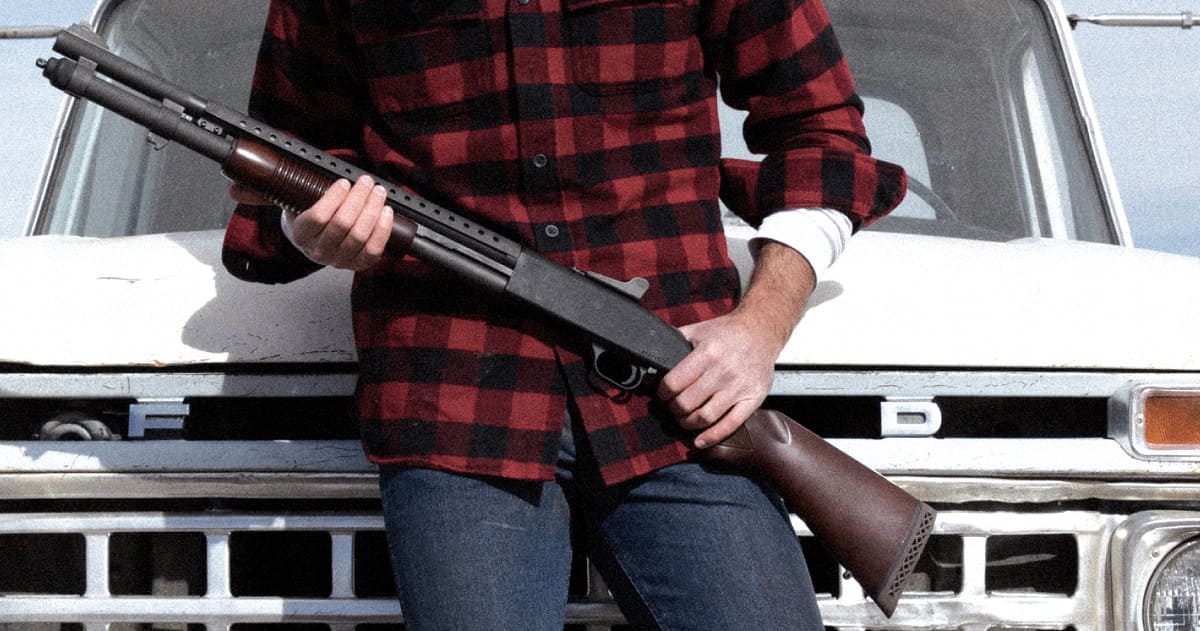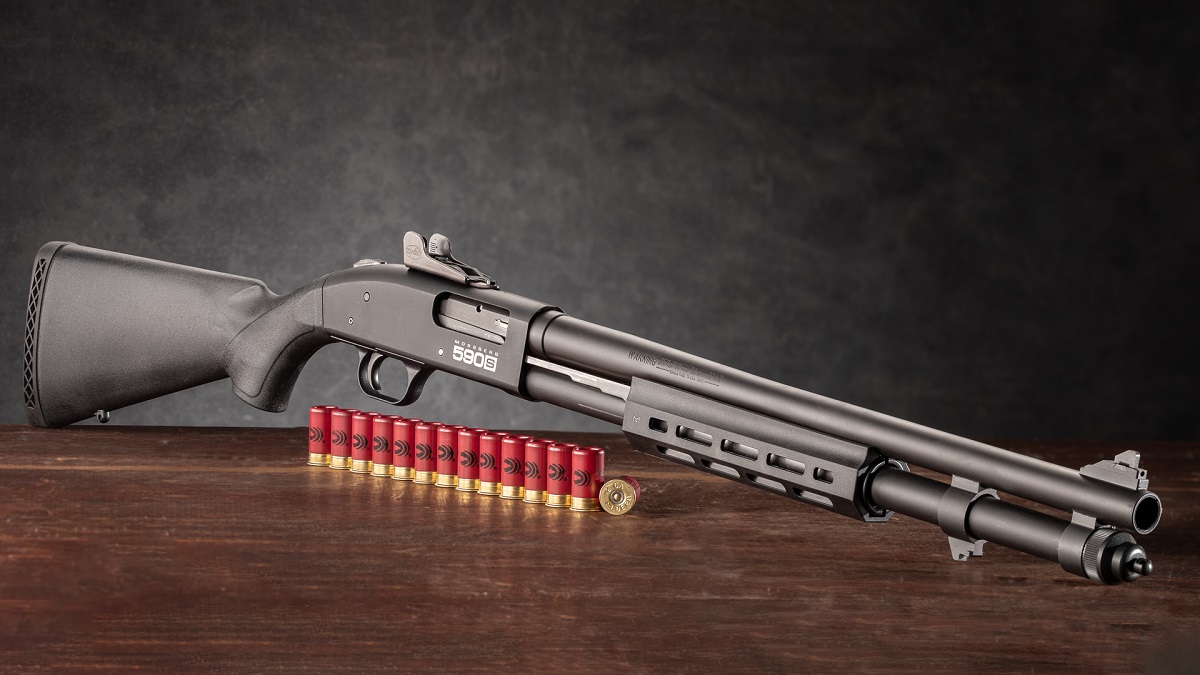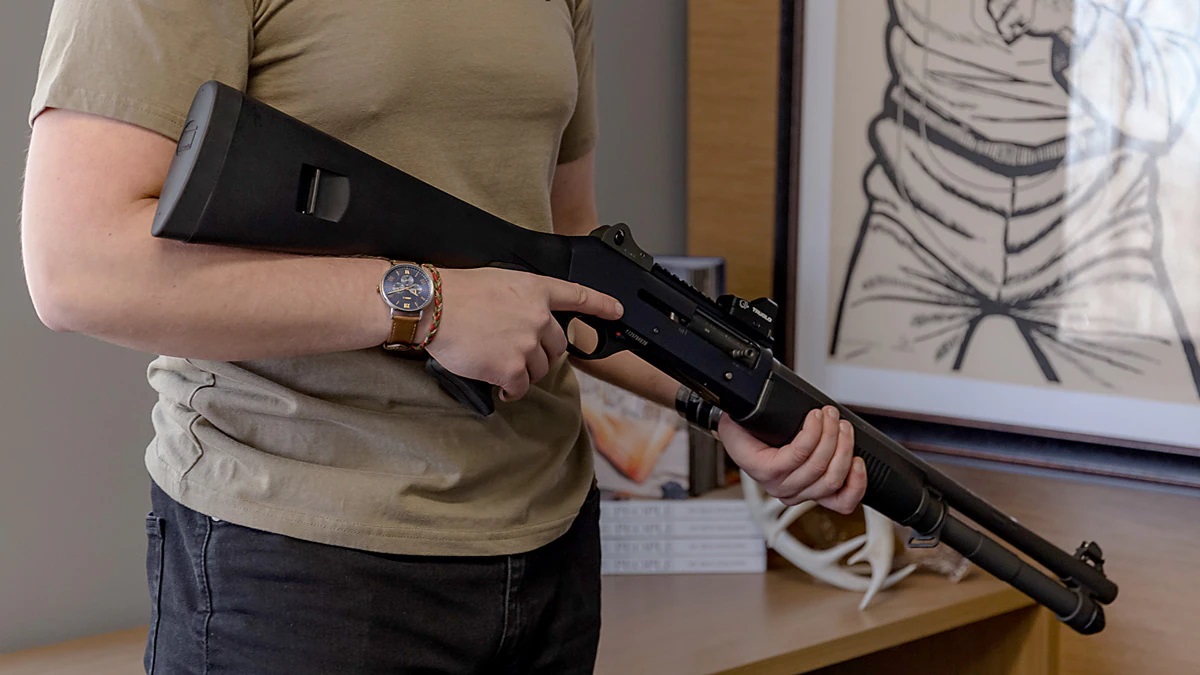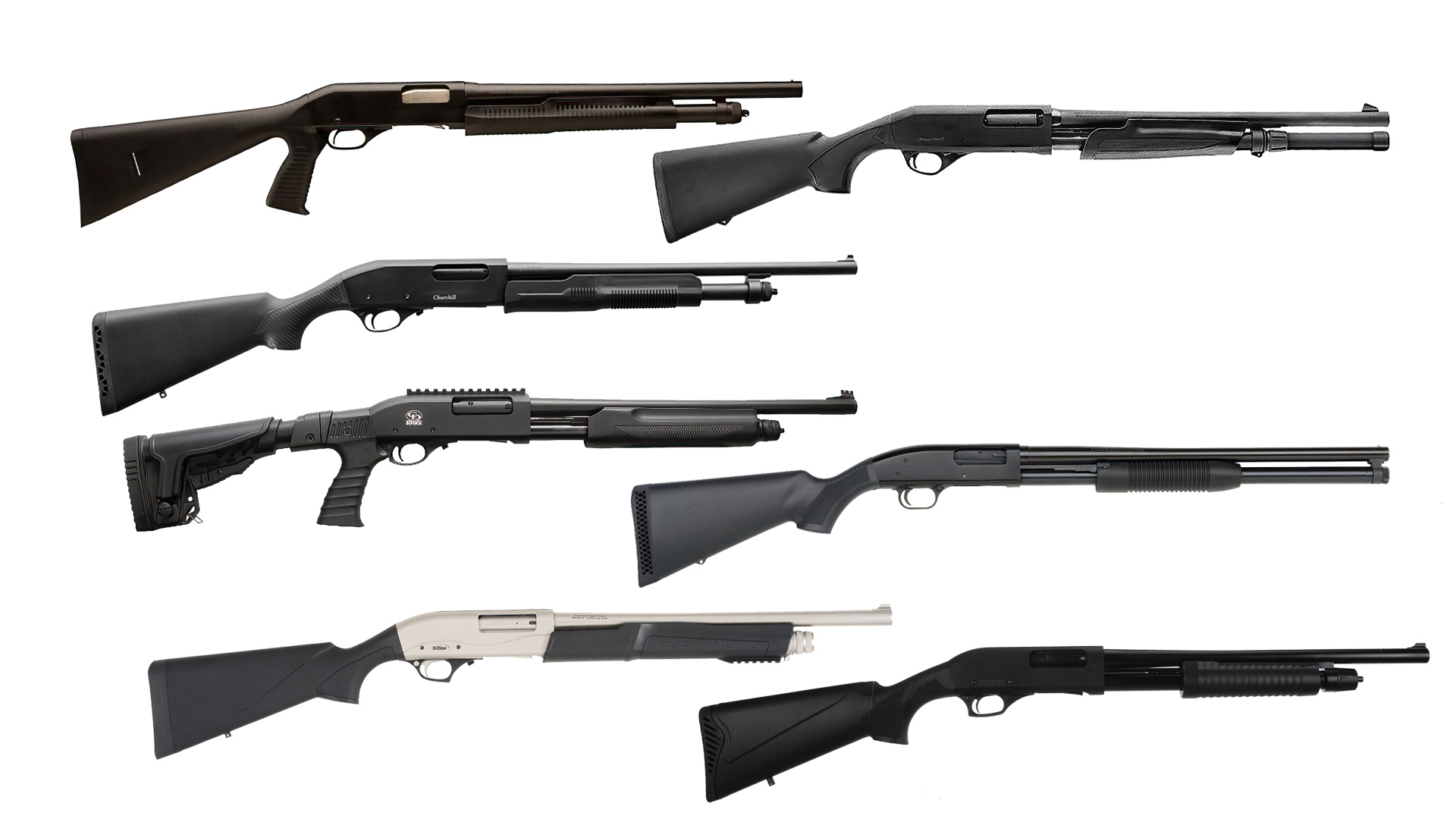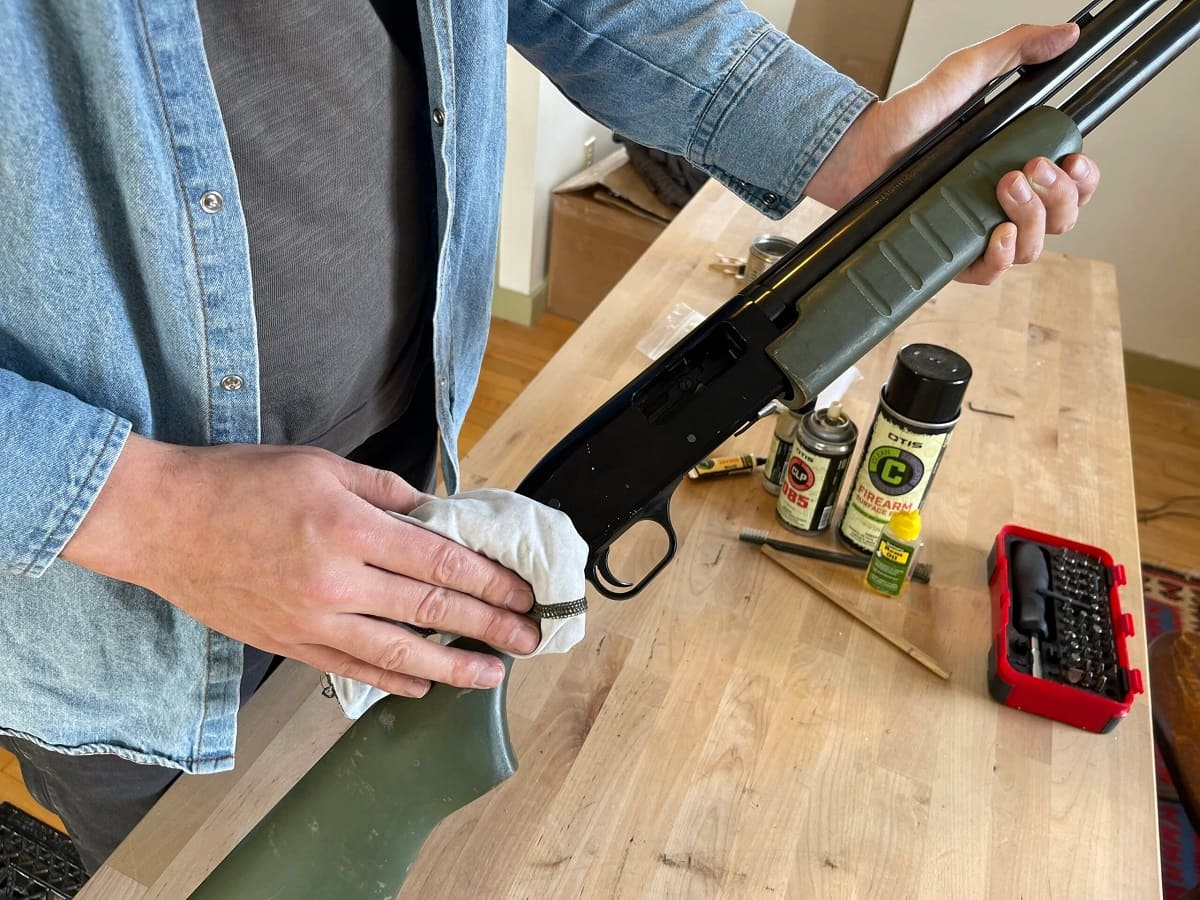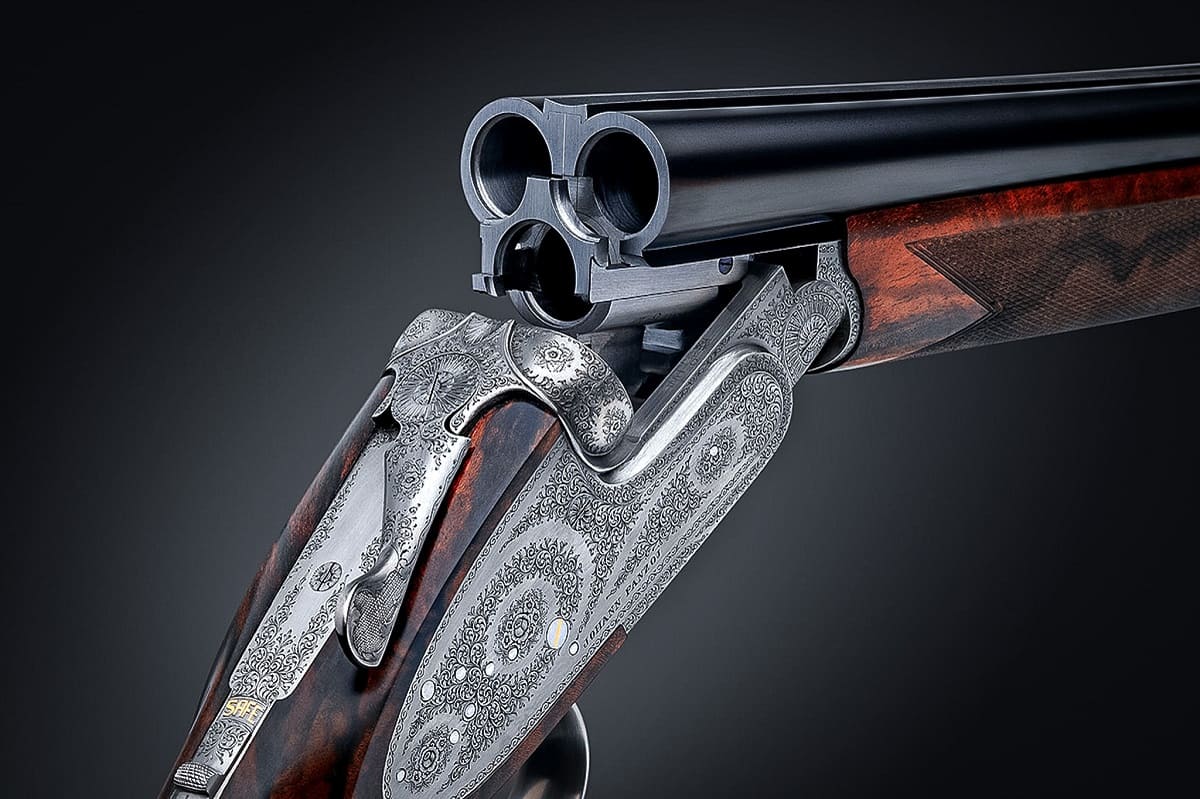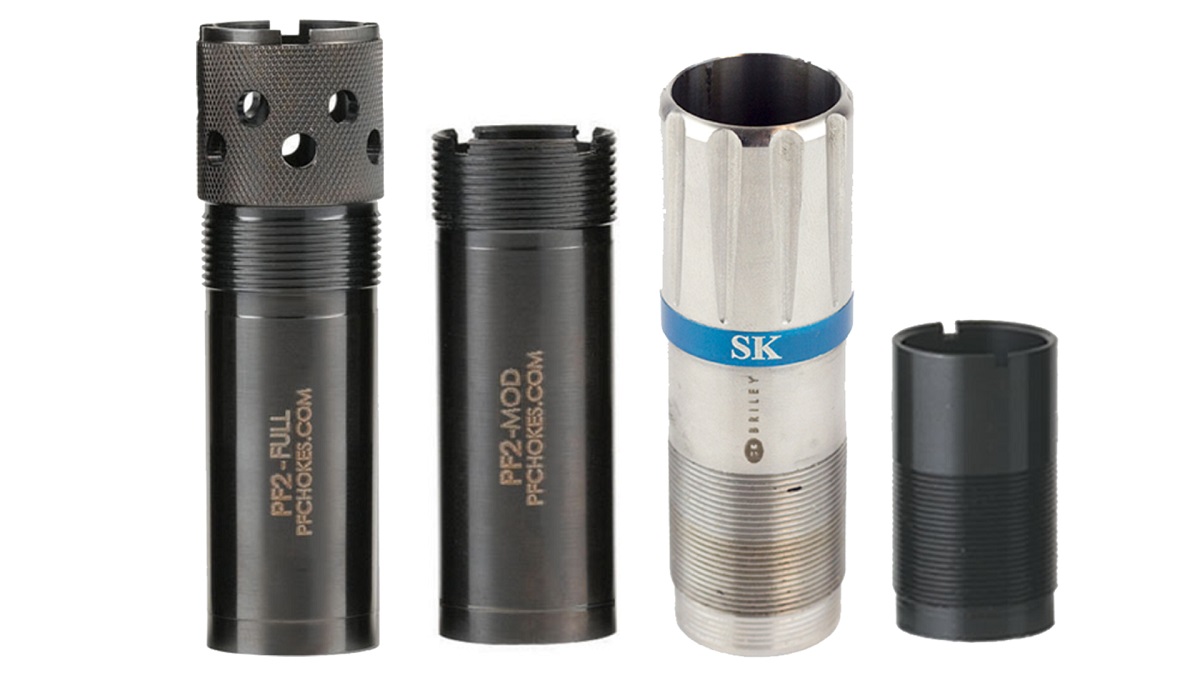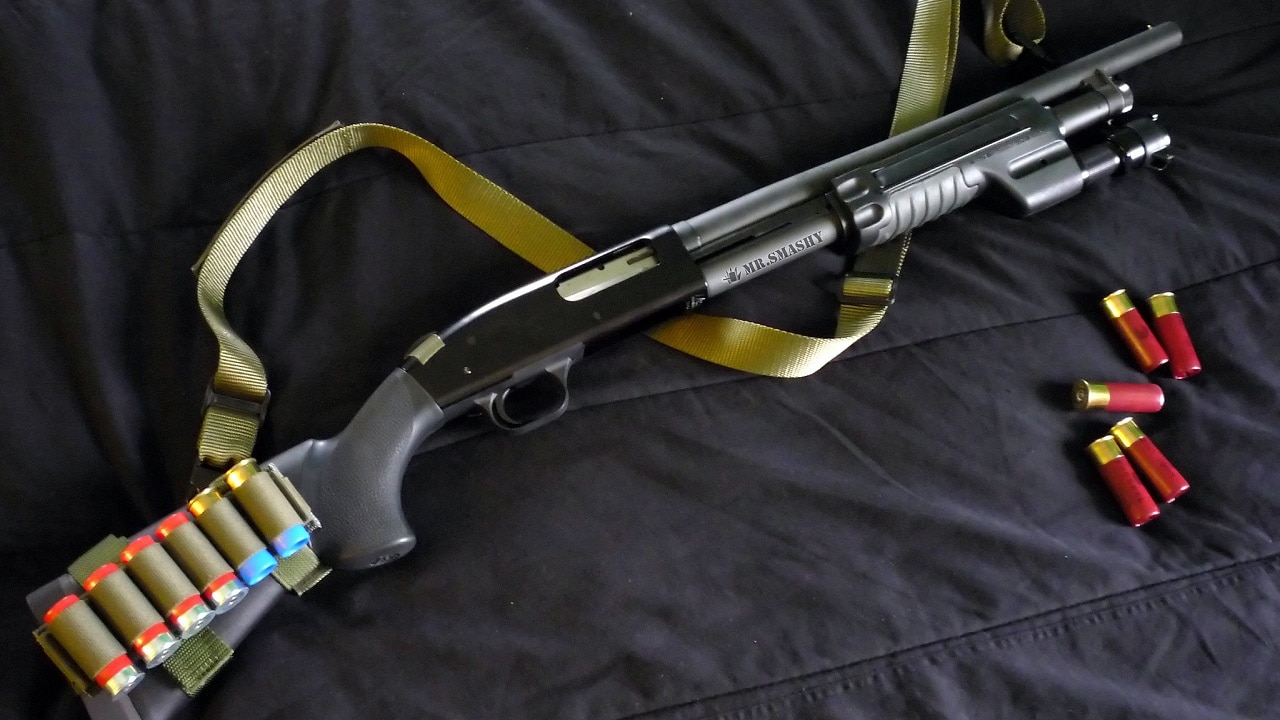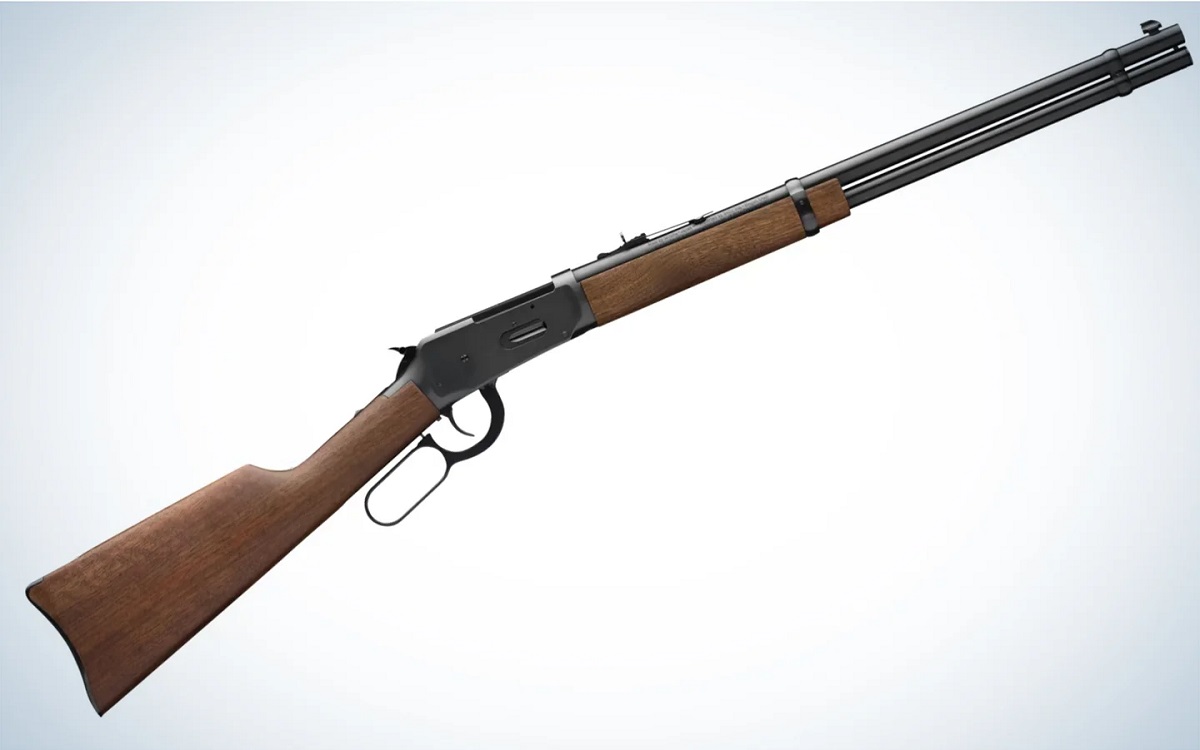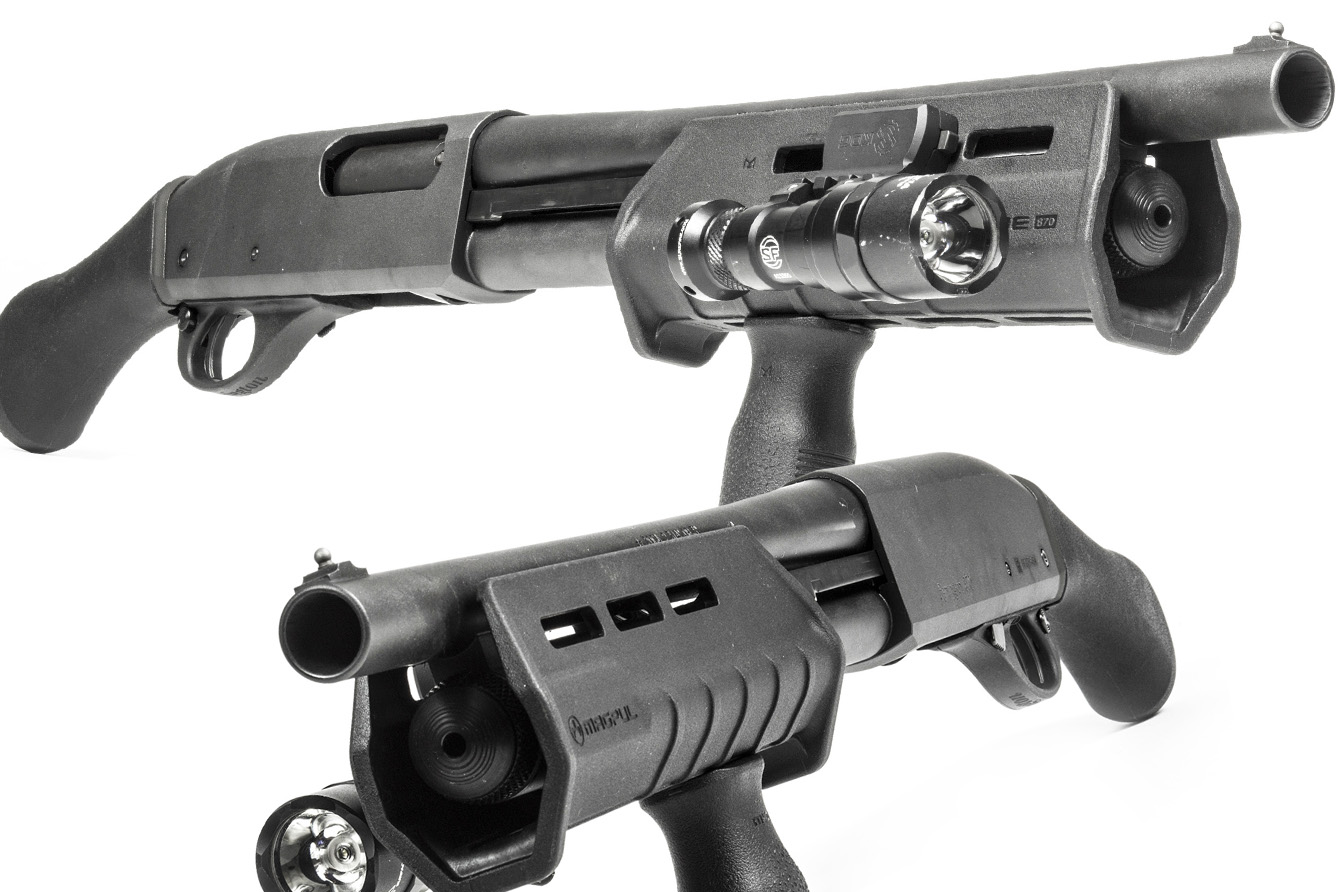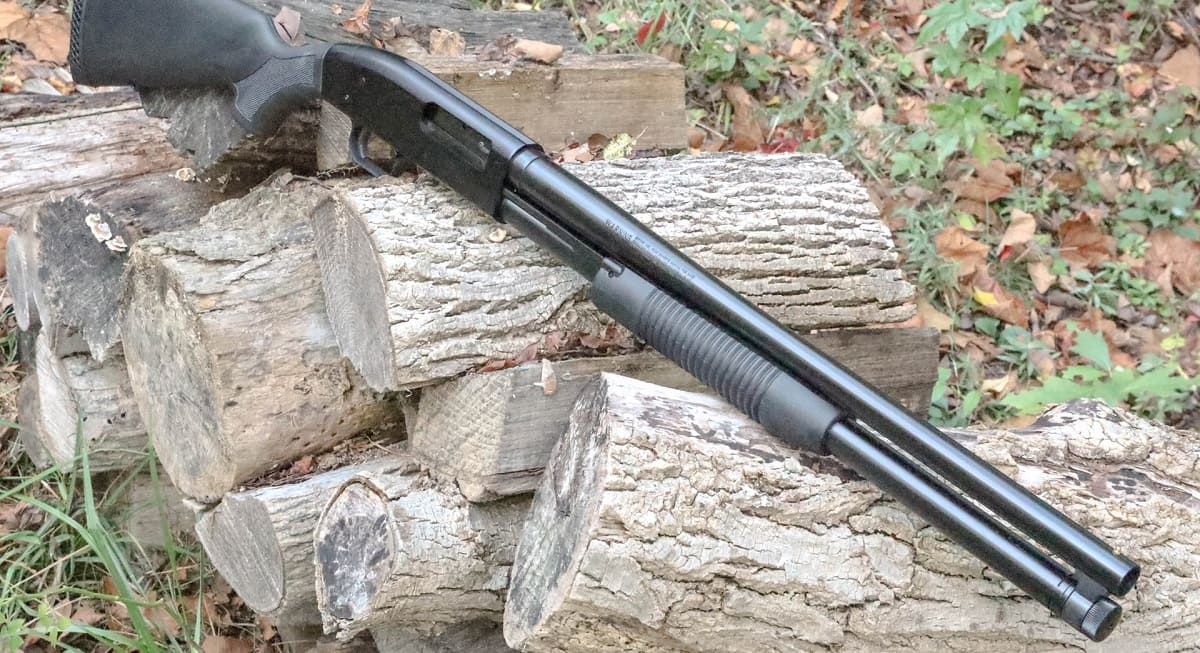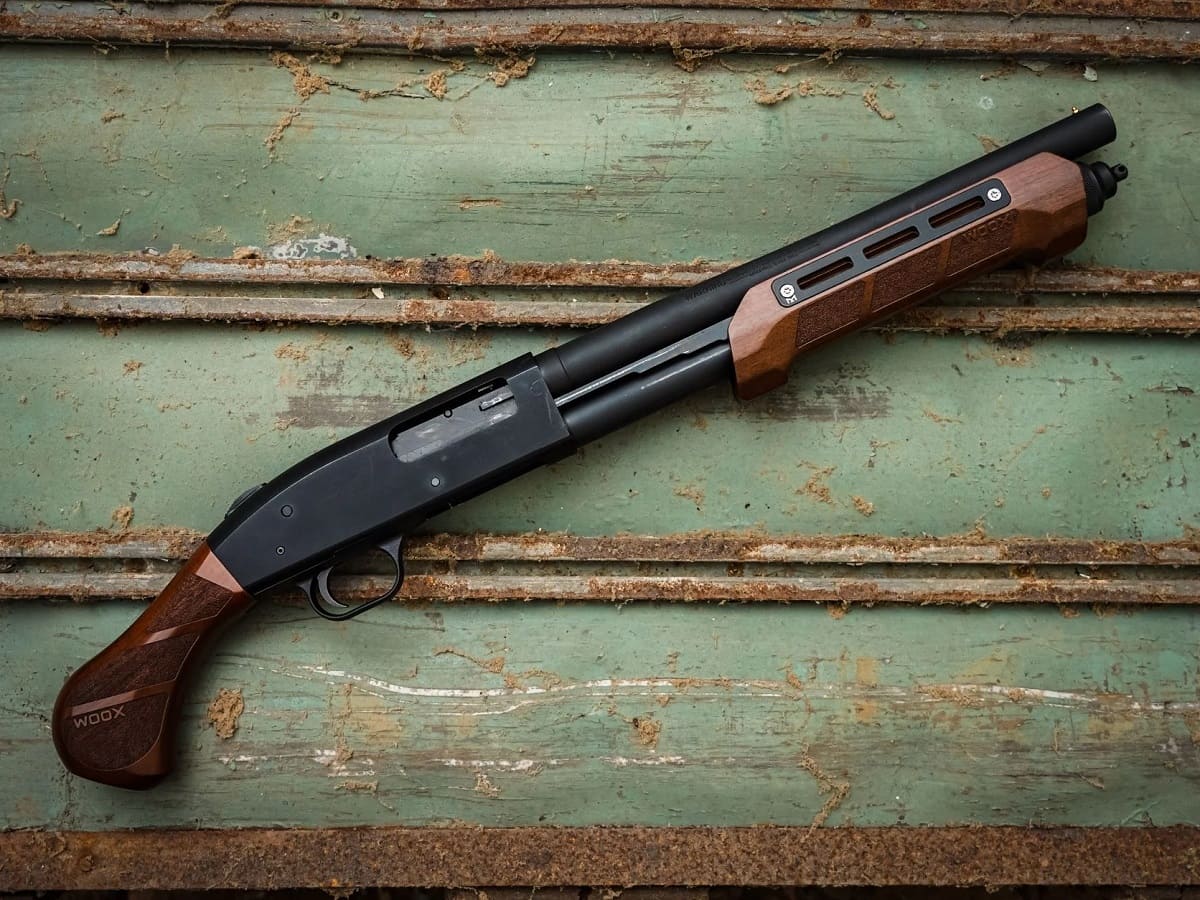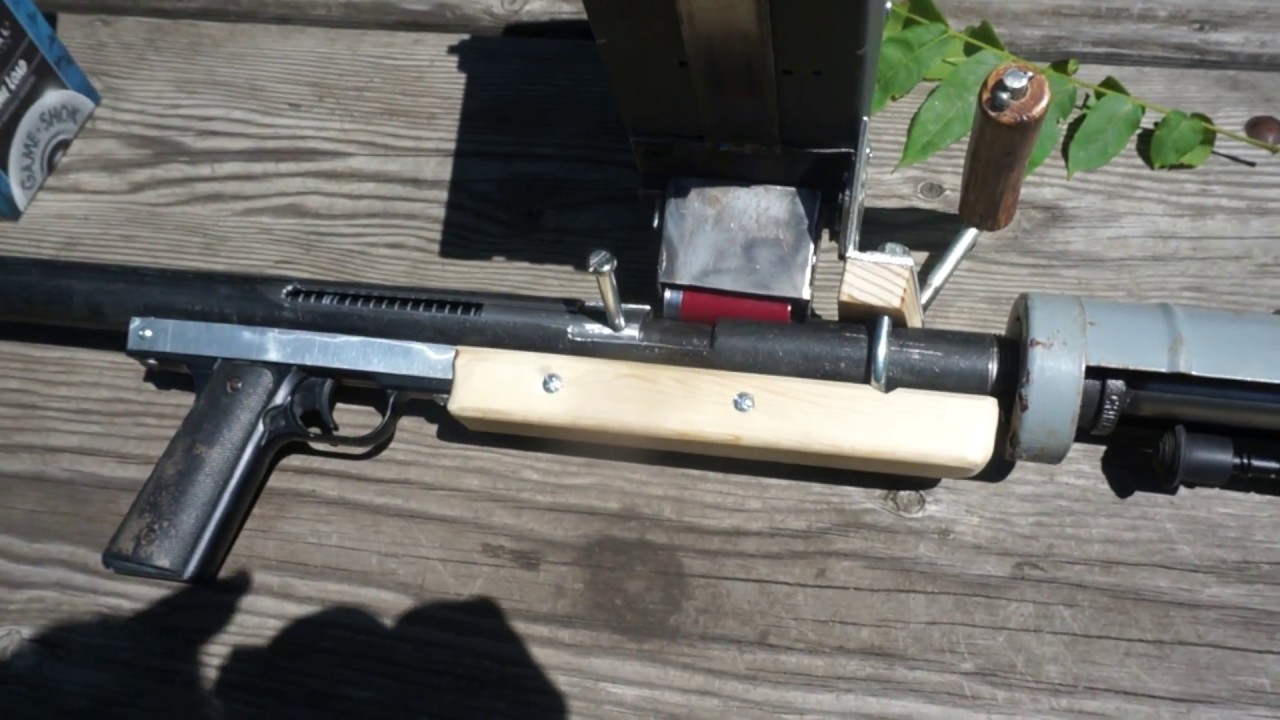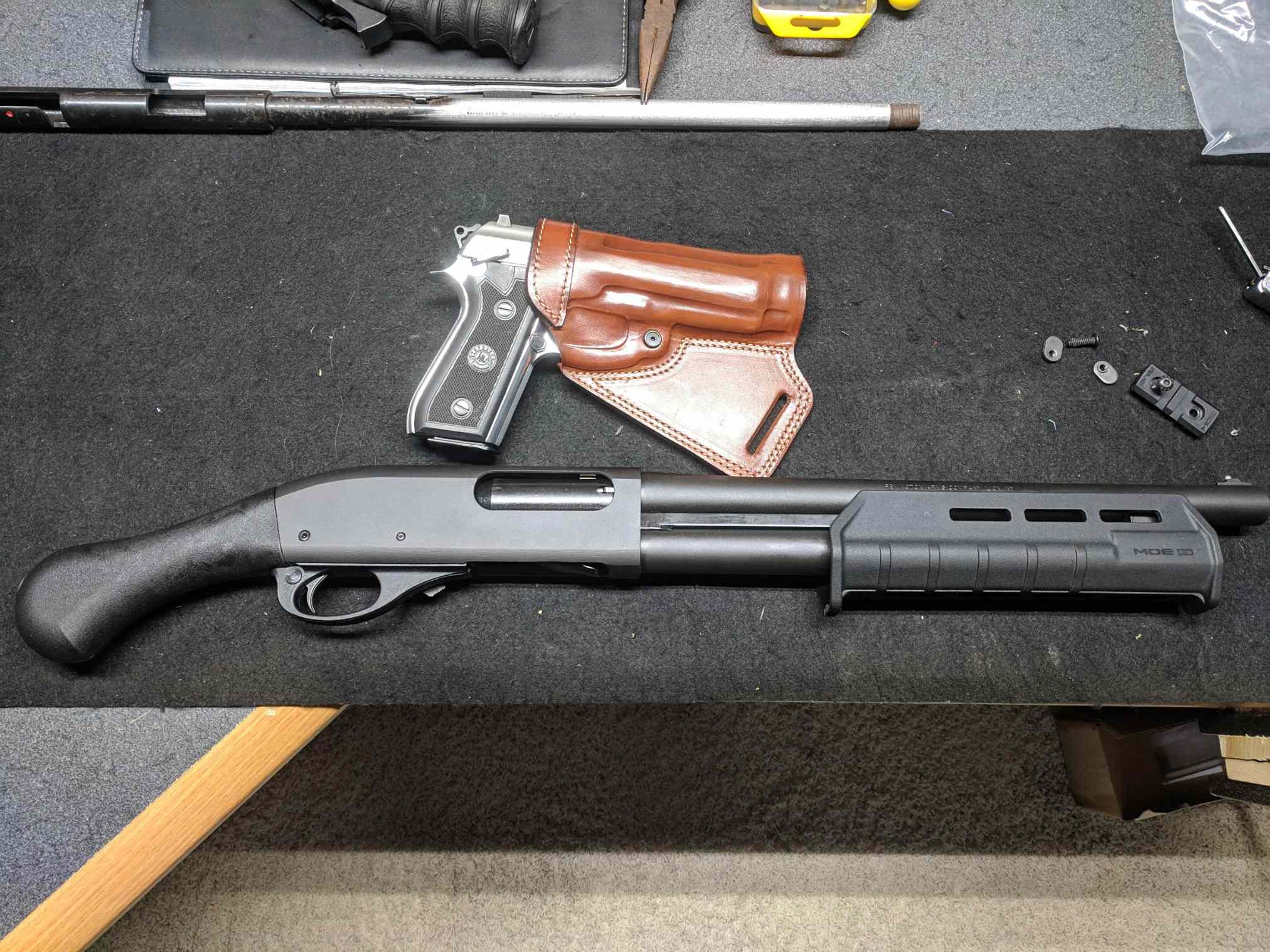Home>Home Security and Surveillance>How Far Will A Home Defense Shotgun Shoot
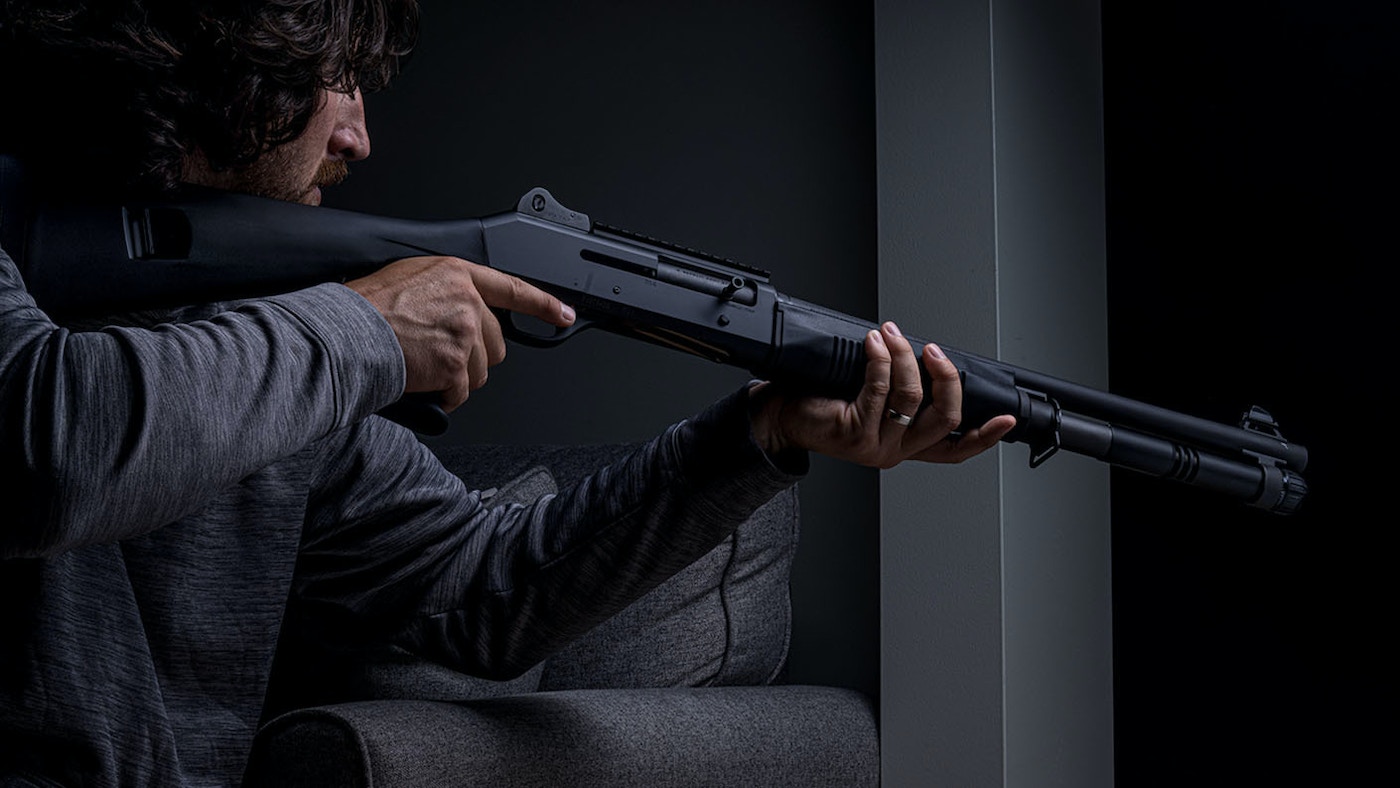

Home Security and Surveillance
How Far Will A Home Defense Shotgun Shoot
Modified: March 6, 2024
Learn how far a home defense shotgun can shoot for effective home security and surveillance. Discover the range and capabilities of shotguns for protecting your home.
(Many of the links in this article redirect to a specific reviewed product. Your purchase of these products through affiliate links helps to generate commission for Storables.com, at no extra cost. Learn more)
Introduction
Welcome to our comprehensive guide on home defense shotguns and their effective range. When it comes to protecting your home, having the right tools is essential. A home defense shotgun is a popular choice for many homeowners due to its power, versatility, and intimidation factor. However, understanding the effective range of a shotgun is crucial for maximizing its effectiveness in a home defense scenario.
In this article, we will explore the various factors that can affect the range of a home defense shotgun. From gauge and chamber length to barrel length, ammunition types, chokes, and even shooter skill and experience, we will delve into all the elements that you need to consider in order to optimize the range of your home defense shotgun.
So whether you already own a shotgun or are considering investing in one for home defense purposes, this guide will provide you with the knowledge and insights to make informed decisions and ensure that you are prepared to protect your home and loved ones effectively.
Let’s dive into the factors that can affect the effective range of a home defense shotgun.
Key Takeaways:
- Choose the right shotgun for home defense based on factors like gauge, chamber length, and barrel length to optimize its range and effectiveness in protecting your home and loved ones.
- Practice and develop your shooting skills to maximize the effective range of your home defense shotgun, ensuring accuracy and control in close-quarters engagements for enhanced home security.
Factors Affecting the Effective Range of a Home Defense Shotgun
When it comes to determining the effective range of a home defense shotgun, several factors come into play. Understanding these factors will not only help you choose the right shotgun for your needs but also allow you to make informed decisions when it comes to ammunition, chokes, and other accessories. Here are the key factors that can affect the effective range of a home defense shotgun:
- Gauge and Chamber Length: The gauge and chamber length of a shotgun can impact its effective range. In general, shotguns of larger gauge, like 12 gauge, tend to have a longer effective range compared to smaller gauge shotguns. Additionally, shotguns with longer chamber lengths allow for the use of longer shells, which can also extend the range.
- Barrel Length: The barrel length of a shotgun plays a role in its range. Longer barrels tend to provide improved accuracy and a longer effective range due to a longer sight plane. However, it’s important to note that for home defense purposes, shorter barrels are typically preferred for maneuverability in close quarters.
- Ammunition Types: The type of ammunition you use can significantly impact the effective range of your shotgun. Different loads, such as birdshot, buckshot, or slugs, have different effective ranges. Birdshot, which consists of small pellets, is effective at shorter distances, while buckshot and slugs offer more range and penetration power.
- Choke: The choke of a shotgun barrel determines the spread of the shot pattern. A tighter choke, such as a full or modified choke, provides a denser shot pattern and extends the effective range. Conversely, a wider choke, like a cylinder or improved cylinder choke, offers a wider shot spread but reduces the effective range.
- Shooter Skill and Experience: Lastly, the shooter’s skill and experience play a significant role in the effective range of a home defense shotgun. Proper technique and familiarity with the firearm can maximize accuracy and control, thereby increasing the effective range.
It’s essential to consider these factors when selecting a home defense shotgun and ammunition. By understanding how these factors can impact the range, you can make educated choices to optimize your shotgun’s performance for defense purposes.
Understanding Gauge and Chamber Length
One of the primary factors that affect the effective range of a home defense shotgun is the gauge and chamber length. Understanding these aspects will help you choose the right shotgun for your needs and maximize its range and performance.
The gauge of a shotgun refers to the internal diameter of its barrel. The most common gauges for home defense shotguns are 12 gauge and 20 gauge. Generally, shotguns with larger gauges have a larger payload, resulting in a more significant impact on targets. As a result, larger gauge shotguns tend to have a longer effective range compared to smaller gauges.
Additionally, chamber length plays a role in determining the effective range of a shotgun. The chamber is the portion of the shotgun that holds the shotgun shell. Chamber lengths for shotguns typically range from 2 ¾ inches to 3 ½ inches. Shotguns with longer chamber lengths allow for the use of longer shells, which generally have more powder and shot. This extra power and payload can increase the effective range of the shotgun.
When choosing a home defense shotgun, consider the intended use and your personal preferences. While a 12 gauge shotgun with a longer chamber length may provide a longer effective range, it may also have more recoil, which can impact control and follow-up shots. On the other hand, a 20 gauge shotgun with a shorter chamber length may offer slightly less range but can be more manageable for some shooters.
It’s crucial to note that shotguns with shorter chamber lengths can still be highly effective in a home defense scenario, especially when using the appropriate ammunition. Shorter chamber lengths are often found in reliable pump-action shotguns, which are popular choices for home defense due to their durability, simplicity, and affordability.
When selecting a home defense shotgun, consider factors like gauge and chamber length and how they align with your needs and preferences. Ultimately, the right shotgun for you will depend on a combination of factors, including comfort, control, and desired effective range.
Barrel Length and its Impact on Shotgun Range
The barrel length of a shotgun plays a crucial role in determining its range and overall performance. While shorter barrels are commonly preferred for home defense shotguns due to their maneuverability, longer barrels can provide certain advantages when it comes to range and accuracy.
A longer barrel generally offers a longer sight plane, which is the distance between the front and rear sights of a firearm. This longer sight plane allows for improved sight alignment and sight picture, resulting in increased accuracy. As a result, shotguns with longer barrels are more likely to have a longer effective range, as the shooter can aim more precisely at distant targets.
However, it’s important to understand that for most home defense scenarios, where engagements typically occur at close range, the benefits of a longer barrel may not be as significant. In close-quarter encounters, maneuverability and ease of handling become essential, which is why shotguns with shorter barrels are often recommended for home defense purposes.
Shorter barrels offer better maneuverability in tight spaces, such as hallways or doorways, allowing for quick target acquisition and follow-up shots. They are also lighter and easier to handle, making them more practical for everyday use.
It’s vital to find the right balance between barrel length and maneuverability when selecting a home defense shotgun. A barrel length of around 18 to 20 inches is a common recommendation for home defense shotguns, as it provides a good compromise between maneuverability and effective range.
Ultimately, the choice of barrel length will depend on personal preferences, the layout of your home, and the specific needs of your home defense plan. When considering barrel length, it’s essential to also consider the overall length of the shotgun, as shorter barrels may require a special permit or comply with local laws and regulations.
Remember that while barrel length does have some impact on the effective range of a shotgun, other factors such as ammunition type, choke, and shooter skill have a more significant influence. Choose a barrel length that suits your needs and comfort, while keeping in mind that shot placement and practice are key to maximizing the range and effectiveness of any home defense shotgun.
Types of Ammunition and their Effect on Shooting Distance
The type of ammunition used in a home defense shotgun has a significant effect on its shooting distance and overall performance. Different ammunition types are designed for specific purposes, and understanding their characteristics will help you make informed decisions about which ones to use for your desired shooting distance.
The three main types of shotgun ammunition commonly used for home defense are birdshot, buckshot, and slugs.
Birdshot: Birdshot ammunition is primarily used for hunting birds or small game. It consists of multiple small pellets or BBs, which spread out in a wide pattern when fired. Due to the size and number of pellets, birdshot is not suitable for long-distance shooting. While it can be effective at close ranges, typically within 25 yards, the spread of pellets makes it less effective for longer distances.
Buckshot: Buckshot ammunition is designed for larger game or self-defense purposes. It contains larger individual pellets, usually around .32 to .36 caliber in size. Buckshot pellets have more weight and penetration power compared to birdshot. As a result, buckshot is effective at close to moderate ranges, typically up to 50 yards. It offers a good balance between spread and penetration, making it a popular choice for home defense scenarios.
Slugs: Slugs are single, solid projectiles that provide the longest effective range for a shotgun. They are designed for precision shooting and increased penetration power. Slugs offer accuracy and impact comparable to a rifle, making them suitable for long-distance shooting. However, it’s important to note that the effective range of slugs can vary depending on the specific shotgun and the shooter’s skill. Generally, slugs are effective at distances of up to 100 yards or more.
When selecting ammunition for your home defense shotgun, consider the shooting distances that you are likely to encounter within your home or property. Buckshot is often the preferred choice for close-quarters engagements, as it provides an effective balance between spread and penetration. However, if you anticipate the need for longer-range shots, slugs might be a more suitable option for you.
It’s worth mentioning that ammunition performance can also be affected by factors such as barrel length and choke. The combination of these factors determines the spread and velocity of the projectiles, influencing their effective range. Therefore, it’s important to consider these factors when choosing the appropriate ammunition for your home defense shotgun.
Remember to familiarize yourself with local regulations regarding the use of specific ammunition types, as some jurisdictions may have restrictions on the types of ammunition permitted for self-defense purposes.
The effective range of a home defense shotgun is typically around 25-30 yards, but can vary depending on the specific type of ammunition and choke used. It’s important to practice and know the limitations of your shotgun for home defense.
Read more: How To Load A Shotgun For Home Defense
Choke and its Role in Shotgun Shooting Range
The choke of a shotgun barrel is a constriction at the muzzle end that controls the spread of the shot pattern. It plays a crucial role in determining the shooting range and overall effectiveness of a shotgun. By choosing the right choke, you can optimize your shotgun’s performance for different shooting distances and situations.
Chokes are available in various degrees of constriction, ranging from cylinder (no constriction) to extra full (maximum constriction). Each choke affects the pattern of the shot differently, which directly impacts the effective range of the shotgun.
A tighter choke, such as a full or modified choke, reduces the spread of the shot pattern and keeps the shot together in a denser grouping. This results in a longer effective range as the shot stays concentrated over a greater distance. Tighter chokes are often favored for shooting at targets that are farther away, such as in sporting clay shooting or hunting situations.
On the other hand, a wider choke, such as a cylinder or improved cylinder choke, allows the shot pattern to spread out more quickly. This wide spread is beneficial in close-quarters situations or when engaging multiple targets at short distances. Wider chokes are commonly used in home defense shotguns, as they provide a broader shot pattern that increases the chances of hitting the target in close-range engagements.
It’s important to note that the choke you select should align with the shooting distance you anticipate in your home defense scenario. If your shooting distances are expected to be within close quarters, a wider choke like cylinder or improved cylinder may be ideal. However, if longer-range shots are likely, using a tighter choke like modified or full can provide better accuracy and range.
Some shotguns come with interchangeable choke tubes, allowing you to swap out chokes depending on your specific needs. This versatility gives you the flexibility to adapt to different shooting situations and tailor your shotgun’s performance accordingly.
When selecting a choke for your home defense shotgun, consider factors such as your shooting environment and the average distance at which engagements are likely to occur. It may be helpful to pattern test your shotgun with different chokes and ammunition to determine the best combination for optimal performance.
Remember, the choke is just one element that affects shooting range, and it should be considered in conjunction with other factors such as barrel length, ammunition type, and shooter skill. By understanding the role of choke and making informed decisions, you can enhance the effectiveness of your home defense shotgun.
The Influence of Shooter Skill and Experience on Shotgun Distance
While the technical aspects of a home defense shotgun, such as gauge, barrel length, and ammunition type, play a significant role in determining shooting distance, the skill and experience of the shooter are equally important factors to consider. The proficiency with which a shooter handles the shotgun can greatly impact its effective range.
A skilled and experienced shooter can maximize the range and accuracy of a shotgun through proper technique, consistent practice, and an understanding of the firearm’s capabilities. Here are a few ways in which shooter skill and experience can influence shotgun distance:
Aiming and Sight Alignment: A shooter who possesses good aiming skills and understands proper sight alignment can effectively engage targets at longer distances. By aligning the front and rear sights and maintaining proper sight picture, a shooter can increase the accuracy of their shots and extend the effective range of the shotgun.
Stance and Recoil Management: A stable shooting stance and proper recoil management are crucial for controlling the shotgun during firing. A skilled shooter knows how to position their body and distribute their weight for optimal stability and recoil control. This allows for quick follow-up shots and greater accuracy, even at longer distances.
Trigger Control: The way a shooter manipulates the shotgun’s trigger can significantly impact accuracy and effective range. Proper trigger control ensures steady, smooth, and controlled trigger pulls, resulting in better shot placement and increased shooting distance.
Understanding Point of Aim and Point of Impact: Experienced shooters have a solid understanding of the shotgun’s point of aim and point of impact. They know how different ammunition types, chokes, and barrel lengths affect the shot pattern and adjust their aim accordingly. This knowledge enables them to effectively engage targets at various distances.
Practice and Training: Regular practice and training are essential for developing and maintaining shooting skills. Experienced shooters dedicate time to hone their marksmanship, familiarize themselves with the shotgun, and refine their shooting techniques. This ongoing training enhances accuracy and allows them to effectively engage targets at different distances with confidence.
Shotgun Familiarity: Becoming familiar with the unique characteristics of a specific shotgun is crucial for maximizing its potential. Shooter experience with a particular firearm allows them to develop a deeper understanding of its capabilities, quirks, and limitations. This familiarity contributes to more efficient targeting and better utilization of the shotgun’s effective range.
The influence of shooter skill and experience on shotgun distance should not be underestimated. Regardless of the technical specifications of a home defense shotgun, the shooter’s proficiency ultimately determines how effectively it can be used at various distances.
Whether you are new to shotguns or have years of experience, investing time in proper training, practice, and continuous improvement will significantly enhance your ability to engage targets accurately and effectively, thus maximizing the range of your home defense shotgun.
Maximizing the Effective Range of a Home Defense Shotgun
When it comes to maximizing the effective range of a home defense shotgun, there are several steps you can take to optimize its performance. By considering the following factors and implementing the right strategies, you can ensure that your shotgun is ready to perform to its full potential:
Choose the Right Shotgun: Select a shotgun that suits your needs and preferences, taking into account factors such as gauge, chamber length, and barrel length. Consider the typical engagement distances you may encounter in your home, as well as the maneuverability and control you require.
Select Appropriate Ammunition: Choose ammunition that matches your intended shooting distances while considering factors like spread, penetration, and stopping power. Opt for buckshot for close to moderate ranges or slugs for longer distances. Ensure that you are familiar with local regulations regarding the use of specific ammunition types for self-defense purposes.
Experiment with Choke Selection: Test different chokes and determine the most suitable one for your shooting needs. Consider whether a tighter choke for longer range accuracy or a wider choke for close-quarters spread is more advantageous for your home defense scenario.
Invest in Training and Practice: Regularly practice with your home defense shotgun to improve your shooting skills and become familiar with its operation. Seek professional training or participate in shooting courses to learn proper technique, aiming, and recoil management.
Master Shot Placement: Focus on precision and shot placement. Aim for vital areas on a target to increase the likelihood of stopping a threat effectively. Understanding the shotgun’s point of aim and point of impact for different distances is crucial for accurate shot placement.
Understand the Shotgun’s Ballistics: Learn about your shotgun’s ballistic characteristics, including its effective range, drop, and pattern spread. This knowledge will help you make informed decisions during shooting engagements and allow you to utilize your shotgun to its fullest potential.
Consider Accessories: Explore various accessories such as optics, lights, or laser sights that might enhance your shooting accuracy and extend your effective range. These accessories can improve target acquisition, sight alignment, and overall performance in high-stress situations.
Regularly Maintain Your Shotgun: Keep your shotgun well-maintained and in proper working condition. Regular cleaning, lubrication, and inspection of your firearm will ensure its reliability and optimum performance when you need it most.
Remember, maximizing the effective range of your home defense shotgun requires a combination of factors, including the right equipment, skill development, knowledge, and practice. Take the time to understand your shotgun’s capabilities and limitations, and work consistently towards refining your shooting skills.
By implementing these strategies and continuously improving your proficiency, you can confidently rely on your home defense shotgun to deliver maximum effectiveness within your anticipated shooting distances.
Conclusion
In summary, a home defense shotgun can be an effective tool for protecting yourself and your loved ones. Understanding the factors that influence its effective range is crucial for optimizing its performance in a self-defense scenario.
Factors such as gauge and chamber length, barrel length, ammunition type, choke selection, and shooter skill all play significant roles in determining the shooting distance and overall effectiveness of a home defense shotgun.
By considering these factors, you can make educated decisions when selecting a shotgun and its accessories, such as choke tubes and ammunition, that align with your shooting needs and preferences. Regular practice, training, and familiarization with your shotgun are key to developing the necessary skills to maximize its effective range.
Remember that the ultimate goal of home defense is to ensure the safety of yourself and your loved ones. Effective range, while important, should be considered in the context of close-quarters engagements and the layout of your home.
Alongside range considerations, shot placement, target acquisition, and shooter proficiency are vital factors in successful home defense. It’s important to prioritize accuracy and control over sheer distance when it comes to protecting your home.
Lastly, adhering to local laws and regulations regarding firearms and ammunition is essential. Ensure that the choices you make regarding your home defense shotgun align with legal requirements in your jurisdiction.
In conclusion, a home defense shotgun can provide a powerful and versatile means of protecting your home. By understanding the factors that impact its effective range and implementing the strategies mentioned in this guide, you can optimize your shotgun’s performance, enhance your shooting skills, and increase your confidence in defending what matters most.
Stay safe, be responsible, and remember to regularly assess and update your home defense plan to ensure that you are always prepared for any situation that may arise.
Frequently Asked Questions about How Far Will A Home Defense Shotgun Shoot
Was this page helpful?
At Storables.com, we guarantee accurate and reliable information. Our content, validated by Expert Board Contributors, is crafted following stringent Editorial Policies. We're committed to providing you with well-researched, expert-backed insights for all your informational needs.
